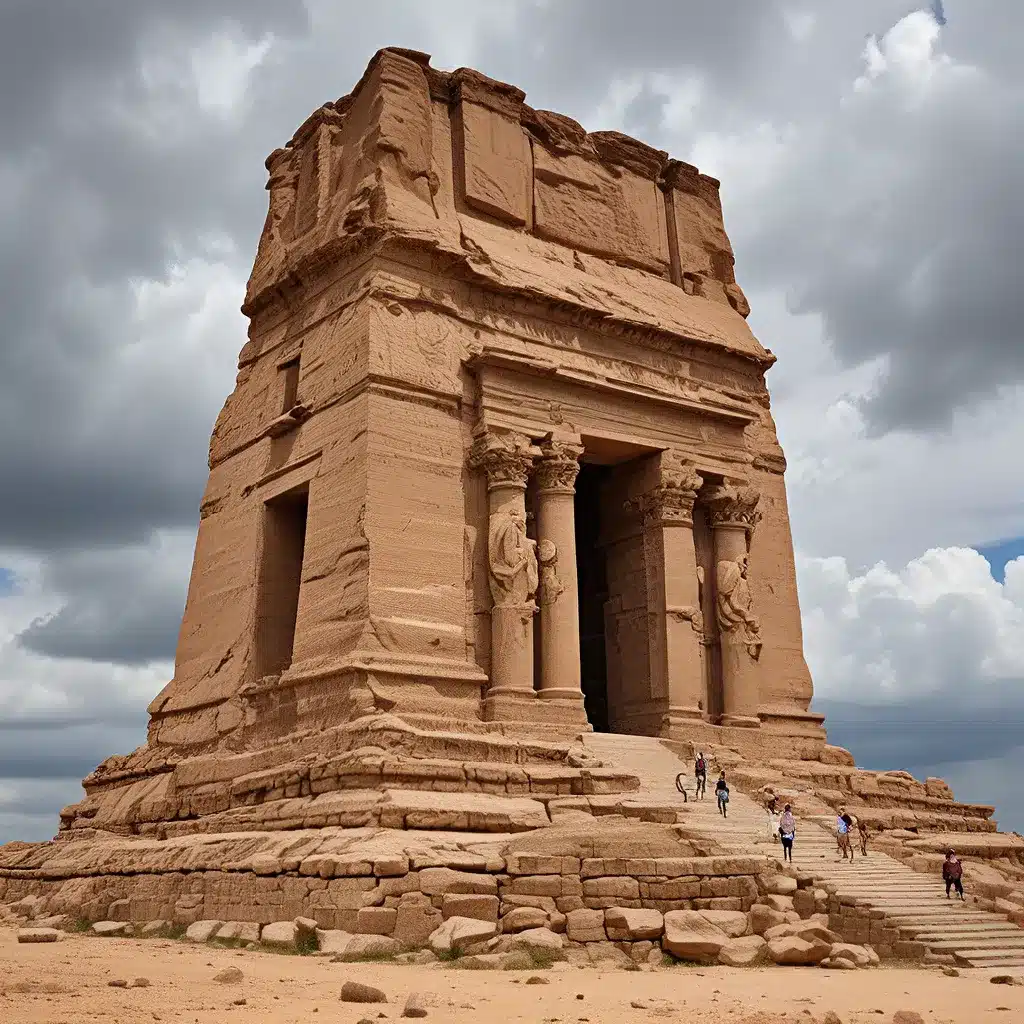
The study of ancient civilizations and their architectural wonders has long captivated the minds of historians, archaeologists, and the general public alike. From the iconic pyramids of Egypt to the intricate temple complexes of the Maya, these monumental structures have stood as testaments to the ingenuity and cultural sophistication of our ancestors. In recent years, new discoveries and advancements in archaeological techniques have shed light on the origins and significance of these architectural marvels, challenging our understanding of how these ancient societies developed and thrived.
The Rise of Mesoamerican Monumental Architecture
One of the most intriguing regions for the study of ancient monumental architecture is Mesoamerica, a cultural and geographic area spanning from central Mexico to Central America. Here, the Olmec, Maya, and other civilizations left behind a rich tapestry of architectural wonders that have captivated scholars for generations.
Recent excavations at the Mayan site of Ceibal in Guatemala have revealed that the origins of Mesoamerican monumental architecture may be even more complex than previously thought. Researchers have discovered a small pyramid and several large platforms dating back to around 1000 BC, predating the rise of the Olmec civilization and earlier than the construction of pyramids at the Olmec site of La Venta.
This finding challenges the long-held belief that the Maya learned their pyramid-building techniques from the Olmec, who were the dominant civilization in the region at the time. Instead, it suggests that the Maya may have independently developed their own tradition of monumental architecture, influenced by a broader network of cultures throughout Mesoamerica.
Interestingly, similar plaza-pyramid complexes have been discovered in the region southwest of Ceibal, near the Pacific coast, that predate the Ceibal monuments by as much as 50 to 100 years. This suggests that the origins of Mesoamerican monumental architecture may have been more widely distributed throughout the region, rather than concentrated in a single cultural center.
The Enigma of Early Mayan Civilization
The early development of Mayan civilization remains a topic of ongoing debate and investigation. While the Ceibal discoveries have pushed back the timeline for the construction of Mayan monumental architecture, the reasons behind the rise of these impressive structures are still not fully understood.
Takeshi Inomata, an archaeologist at the University of Arizona, suggests that the fall of the Olmec settlement of San Lorenzo around 100 years before the construction of the first pyramids at Ojo de Agua may have been a contributing factor. The decline of this influential Olmec center may have created a power vacuum in the region, allowing various groups to experiment with new forms of social organization and religious practices, ultimately leading to the emergence of the plaza-pyramid architectural complexes.
However, it would take several centuries for the numerous Mayan sites in the region to coalesce into a true civilization. The first Mayan state is believed to have formed sometime between 300 BC and AD 200, a process that is still not fully understood by scholars.
Uncovering the Secrets of Teotihuacan
While the early development of Mayan civilization remains shrouded in mystery, other Mesoamerican sites, such as Teotihuacan in central Mexico, have provided valuable insights into the architectural and cultural achievements of ancient societies.
Teotihuacan, once a thriving metropolis that boasted a population of 100,000 people, has been the focus of extensive archaeological research in recent years. Nawa Sugiyama, an anthropological archaeologist at the University of California, Riverside, and her team have been working to uncover the secrets of this ancient city, focusing on the Plaza of the Columns Complex and the Plaza North of the Sun Pyramid.
One of the team’s significant discoveries was evidence of a great fire that may have contributed to the eventual collapse of Teotihuacan. The charred walls and carbonized matter found during the excavations have prompted a deeper investigation into the potential causes and consequences of this event, which could shed light on the political, social, and economic dynamics of the once-thriving metropolis.
The excavations have also yielded a wealth of other artifacts, including fragmented pottery, obsidian, animal bones, and the complete skeletal remains of a 1,700-year-old spider monkey. These discoveries not only provide insights into the daily life and cultural practices of the Teotihuacanos but also offer clues about their interactions with other Mesoamerican civilizations, such as the Maya.
The Enduring Allure of Ancient Monumental Architecture
The study of ancient monumental architecture continues to captivate scholars and the general public alike, as each new discovery and technological advancement unlocks new layers of understanding about the past. From the pyramids of Egypt to the temple complexes of Teotihuacan, these architectural wonders stand as tangible reminders of the ingenuity, creativity, and cultural sophistication of our ancestors.
As archaeologists continue to unearth the secrets of these ancient sites, the story of human civilization becomes more nuanced and complex. The findings from Ceibal, Ojo de Agua, and Teotihuacan challenge our preconceptions and push us to rethink the origins and development of Mesoamerican civilizations, encouraging us to look beyond the traditional narratives and embrace the rich diversity of cultural exchange and innovation that defined the ancient world.
By engaging with these archaeological discoveries, we not only gain a deeper appreciation for the achievements of our forebears but also unlock valuable insights into the human experience, the evolution of social and political structures, and the enduring legacy of these monumental architectural wonders.


